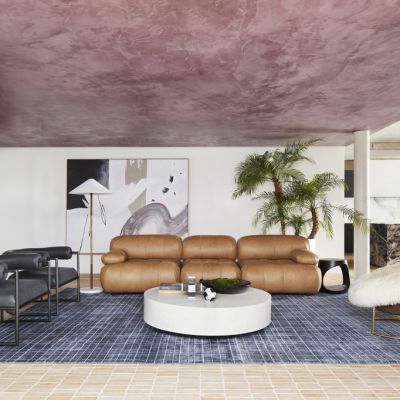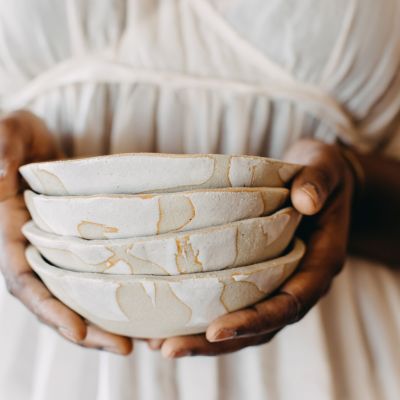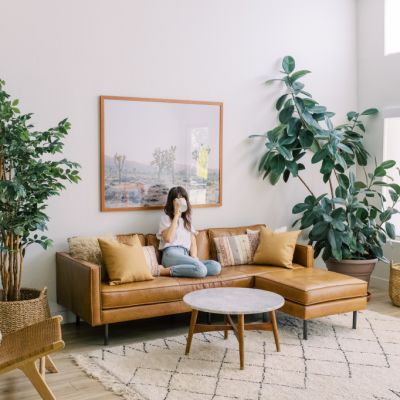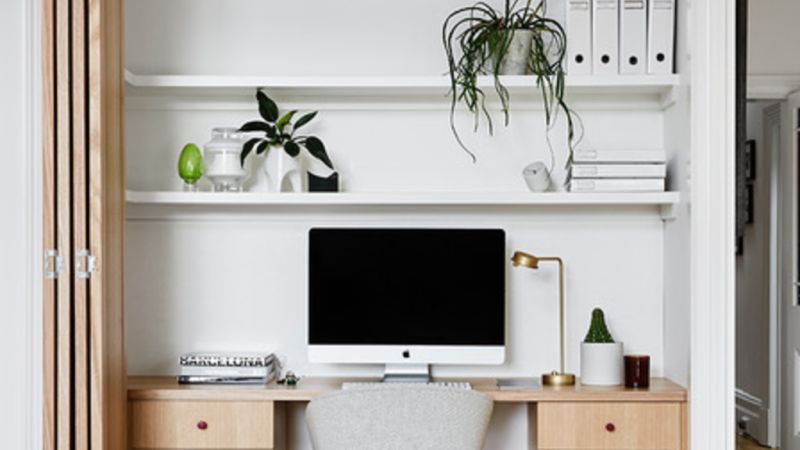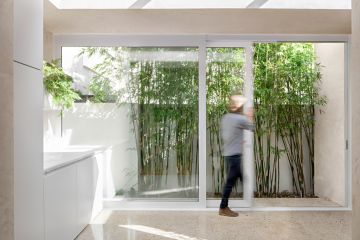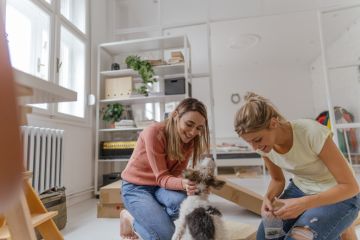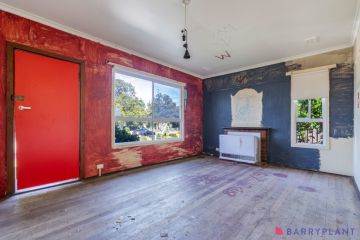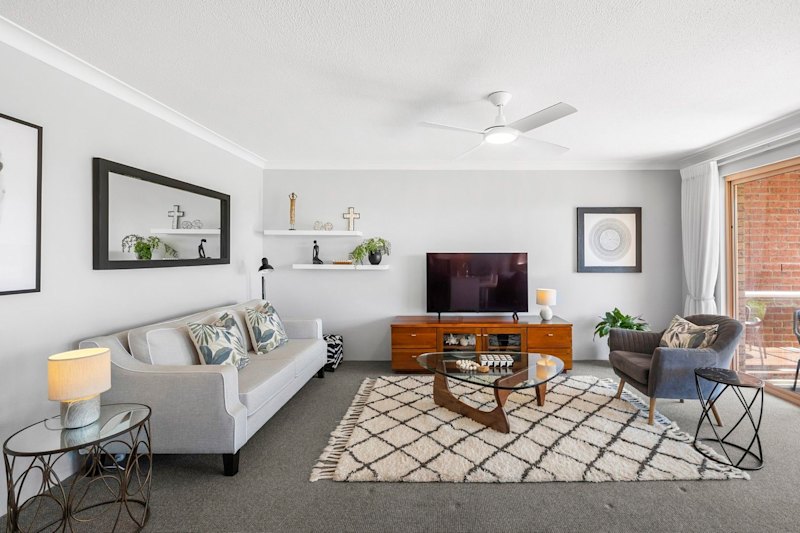Short on space? Built-in furniture could be the answer
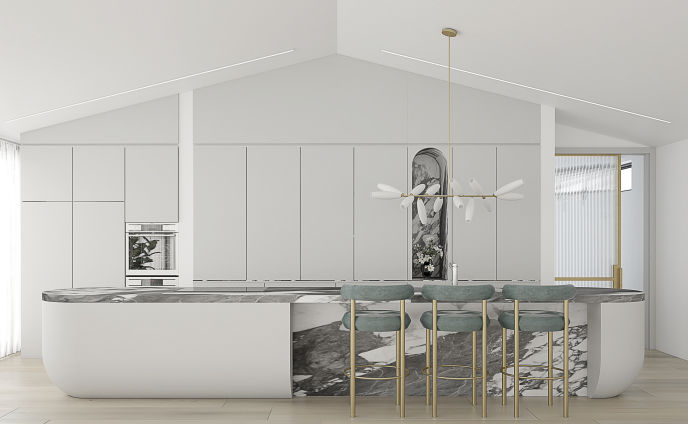
Cultivating a beautiful and high-functioning home environment takes time and consideration. Sure, shopping online and impulse buying is efficient and enjoyable, but nothing adds a sense of purpose and architecture like built-in furniture that fits to a T.
Along with a meaningful approach to sustainability, a piece of built-in furniture allows us to lean into our indulgent sides and is an art form all on its own.
“Built-in furniture is a complementary design aspect that allows us to customise the full experience of style and practicality,” says Davina Bester from Milieu Creative. “Combining overall concept, aesthetics and clients’ wants and needs, it creates a seamlessly finished product and space.”
Spending so much time at home over the past 18 months has given us the opportunity to think about how we want to live. Lauren Li, creative director at Sisalla, says it’s no surprise we are seeing an uptick in built-in furniture.
“Once we may have put up with an inefficient use of space, but now we want our homes to function the best they can,” she says. “We’ve tried shopping for that perfect piece of furniture only to find it doesn’t exist or fit our space, so it’s easy to see why custom built-ins are a great way to go.”
Here’s what you need to know if you’re thinking of installing built-in pieces in your home:
They maximise space
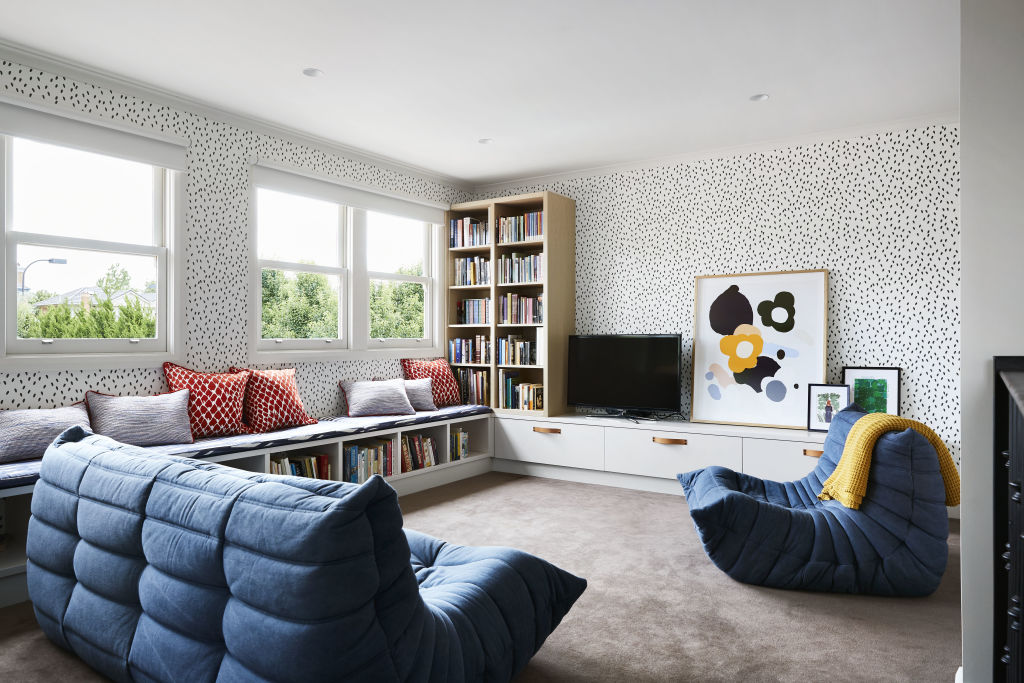
Built-in furniture allows a space, big or small, to be properly maximised. “Because every inch is incorporated into the design, no space is wasted,” Li says. “It’s what makes built-ins a more efficient use of space than an off-the-shelf piece, especially when it’s an awkward space.”
Built-in breakfast nooks, sofas, and desks are the ultimate when it comes to seamless integration. Ideal for small or poky spaces, they can be created to fit perfectly and perform various functions, like storage and studying.
“Dining banquettes are a great space saver,” says designer Jane Ledger “They’re having a moment thanks to our love of restaurant booth dining. They are ideal for smaller rooms and look gorgeous in larger spaces. Leather seating is especially popular for its practicality and looks.”
They’re functional
A cabinet maker or designer can help you create the ideal piece for optimum functionality. Consider how lighting can be incorporated into the design, such as a wall light installed next to floating shelving or a pendant light over a table. Look at different sliding, opening and automatic mechanisms that can help your built-in perform smoothly. Consider space for a seat, printer, electrical points and cable management when designing a desk.
Planning is key

Built-in furniture is a commitment, so thorough planning is essential. Experiment with ideas, playing with shapes and sizes until you are happy with a layout. Whether you’re designing a built-in bookcase or a bed with storage beneath, understanding how it will function and affect the flow of the room is imperative before taking the next step.
Find inspiration from Pinterest, books, magazines and websites, and ensure the proportions are exact, especially in small or oddly shaped spaces. If you can’t visualise the end result, cut a piece of paper to size to get a sense of how it might work.
“Functionality and scale are key,” Bester says. “If it’s seating, make sure the heights and depths are suitable for use. For example, lounges can be deeper for relaxing into, whereas a dining setting can be shorter and more structured. Consider your cushions and upholstery as this will affect heights, shapes and overall style.”
They’re easy to style
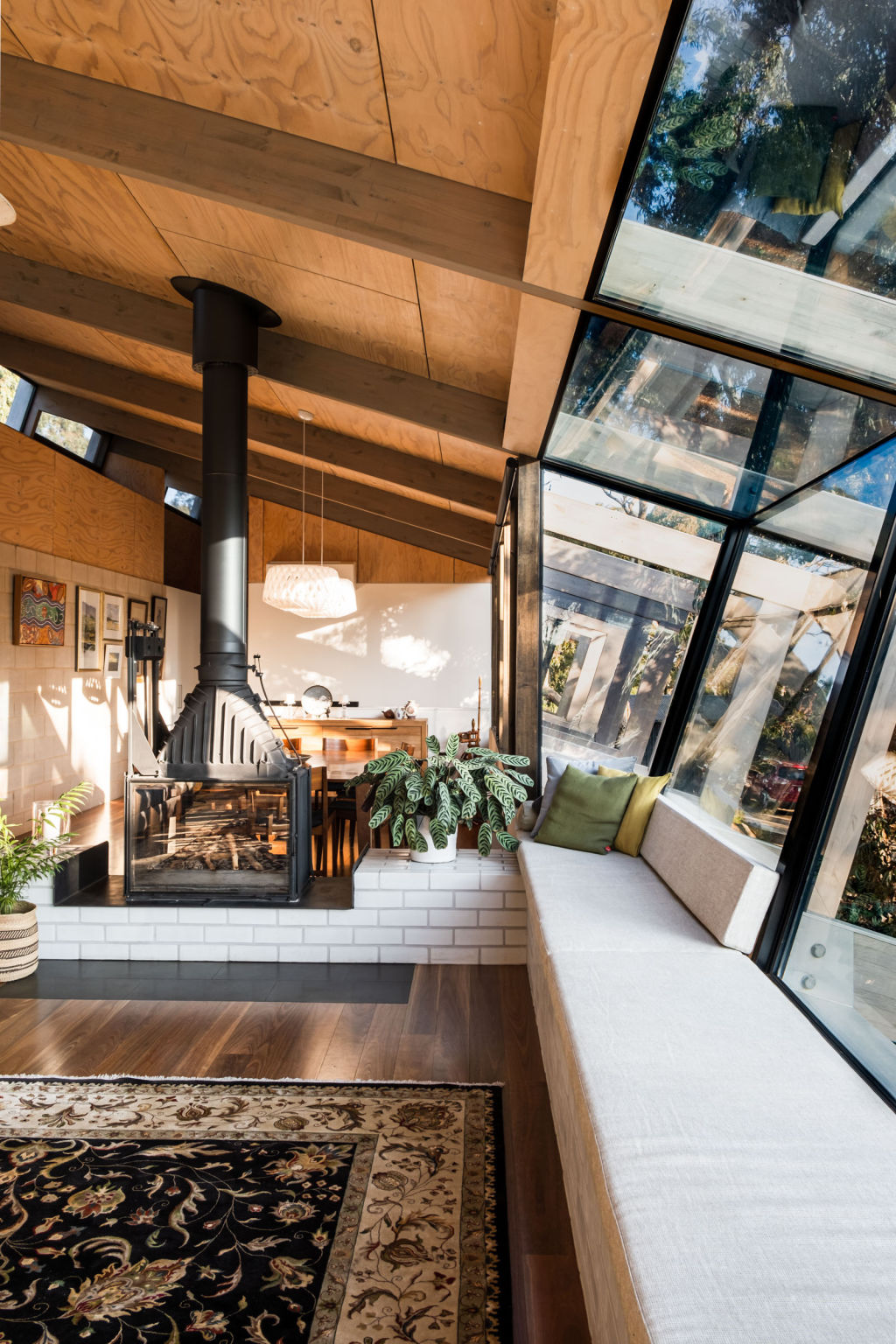
Imbue your built-ins with a relaxed or sophisticated vibe, adding a bit more tooth through styling and mixing up materials. Large pieces, like full-height bookshelves, can be crafted in a minimal style or to match the era of your home.
Ledger says classic built-in window seating is in demand and a cinch to style. “It’s a gorgeous feature for capturing light and a garden outlook,” she says. “Ensure bench seating is around 450mm high, and style with a well-upholstered bench seat and plenty of cushions. A beautiful wall light or reading light adds ambience, and under-bench drawers provide useful storage.”
While all areas of design eventually date, Li says to go with the flow when it comes to built-ins. “A piece of built-in furniture is unique,” she says. “Think of built-in bars from the ’70s and booths upholstered in orange vinyl from the ’60s – happy days! It’s better to enjoy a fabulously functional built-in unit than worry about what it will look like in the future. Get the most out of your home right now and enjoy it.”
We recommend
We thought you might like
States
Capital Cities
Capital Cities - Rentals
Popular Areas
Allhomes
More
